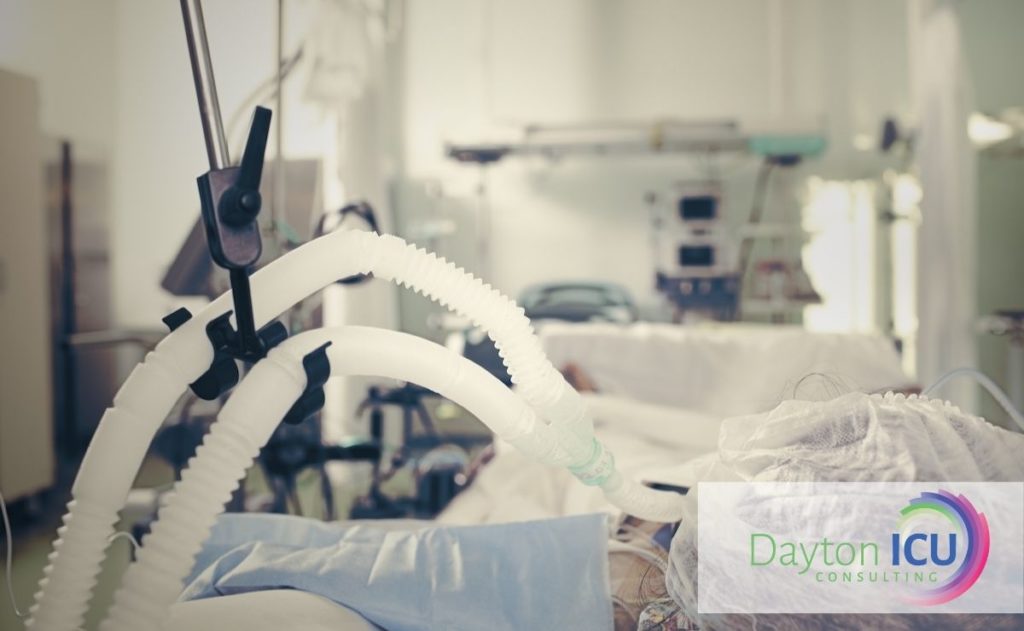
Diane’s Story: An Unfortunate Example of the Risks of Immobility and Sedation
Despite their widespread use in the ICU, decades of research have proven the risks of immobility and sedation. And as clinicians, it’s easy to approach care as a robotic conveyor belt instead of focusing on the individuals, families, lives, careers, and futures that are being affected. But in reality, ICU patients are being harmed, having
Learn More > from Diane’s Story: An Unfortunate Example of the Risks of Immobility and Sedation










